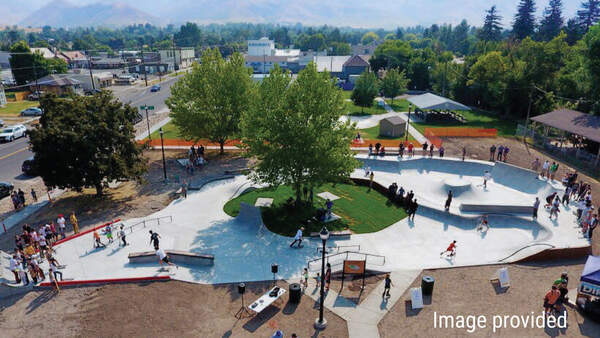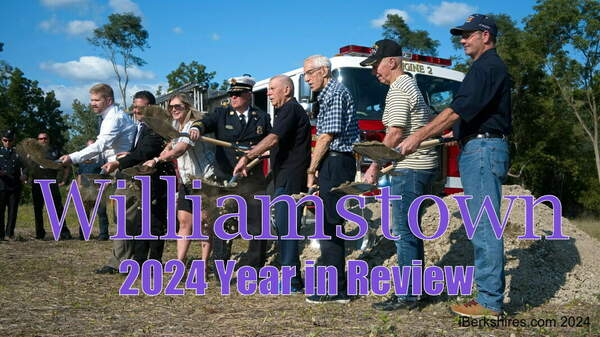
New Sculpture Installed on Clark Art Institute's Front Lawn
_%C2%A9_2019_Giuseppe_Penone__Artists_Rights_Society_(ARS)%2C_New_York__ADAGP%2C_Paris_001.jpg)
WILLIAMSTOWN, Mass. — The Clark Art Institute announces the first American installation of the 2011 sculpture "Le foglie delle radici (The Leaves of the Roots)" by Italian sculptor Giuseppe Penone.
The 30-foot-tall cast bronze, steel and soil sculpture of an upturned tree with a live eastern red cedar sapling growing from its inverted roots is a long-term installation on loan from a private collection and is situated on the lawn of the Clark's 1955 Museum Building.
"The Clark is pleased to accept the long-term loan of this important sculpture by leading artist Giuseppe Penone," Hardymon Director Olivier Meslay said. "The form of a tree—encountered in a very unexpected way—resonates deeply with the Clark's commitment to stewardship of our grounds and natural setting."
"Le foglie delle radici" is the latest long-term contemporary art installation on the Clark's campus in recent years. In 2014, five carved stone benches by American artist Jenny Holzer's "Truism and Living" series were placed near the reflecting pool to mark the opening of the Clark Center. In 2015, the site-specific commissioned work by Thomas Schütte, "Crystal," a wood and metal structure in the shape of a human-scale geode, was fabricated at the top of Stone Hill, and in 2016, William Crovello's red granite sculpture "Katana" was installed just north of the main parking lot.
Penone lives and works in Turin, Italy, and uses objects from the natural world to explore the interconnected relationship between humans and nature. In the late 1960s, he was a proponent of the Arte Povera movement, which used "poor" and unconventional materials such as soil or plant matter to evoke a preindustrial age and subtly critique systems of industrialization, mechanization and art. Penone's sculptural transformations draw the viewer's attention to details that have long existed but are easily overlooked. By bringing the grandeur—as well as the modesty and intimacy—of raw but also cultural material into various settings, Penone raises questions about sculpture and its essence.
The artist's work is held in collections including The Museum of Contemporary Art, Los Angeles; The Metropolitan Museum of Art, New York; The Museum of Modern Art, New York; Tate, London; the Centre Pompidou, Paris; and the Louvre Abu Dhabi. Penone has an extensive history of major awards and exhibitions, most recently including the Musée de Grenoble (2014); Nasher Sculpture Center (2015); Rijksmuseum, Amsterdam (2016); Palazzo della Civiltà Italiana, Rome (2017); Yorkshire Sculpture Park, Wakefield; and Palais d’Iéna, Paris (both in 2019).
The artist has compared the process of creating the tree-formed "Le foglie delle radici" by the lost-wax process of bronze casting to the natural methods of capillary nourishment and formation of living trees. Perceiving its roots as its life center, or brain, the artist inverts the tree so that this brain now hovers some 30 feet above the ground and is a site of new growth as a living sapling thrusts its own roots into the virtual roots of the sculpture.
"Le foglie delle radici" exists in four versions. It has been displayed as Penone Versailles, Château de Versailles, from June 11 to Oct. 30, 2013; Giuseppe Penone, Prospettiva vegetale, Forte di Belvedere and Giardino di Boboli, Florence, from July 5 to Oct. 5, 2014; and Penone in the Rijksmuseum Gardens, Rijksmuseum, Amsterdam, from June 10 to Oct. 2, 2016.
Tags: art installation, Clark Art,















